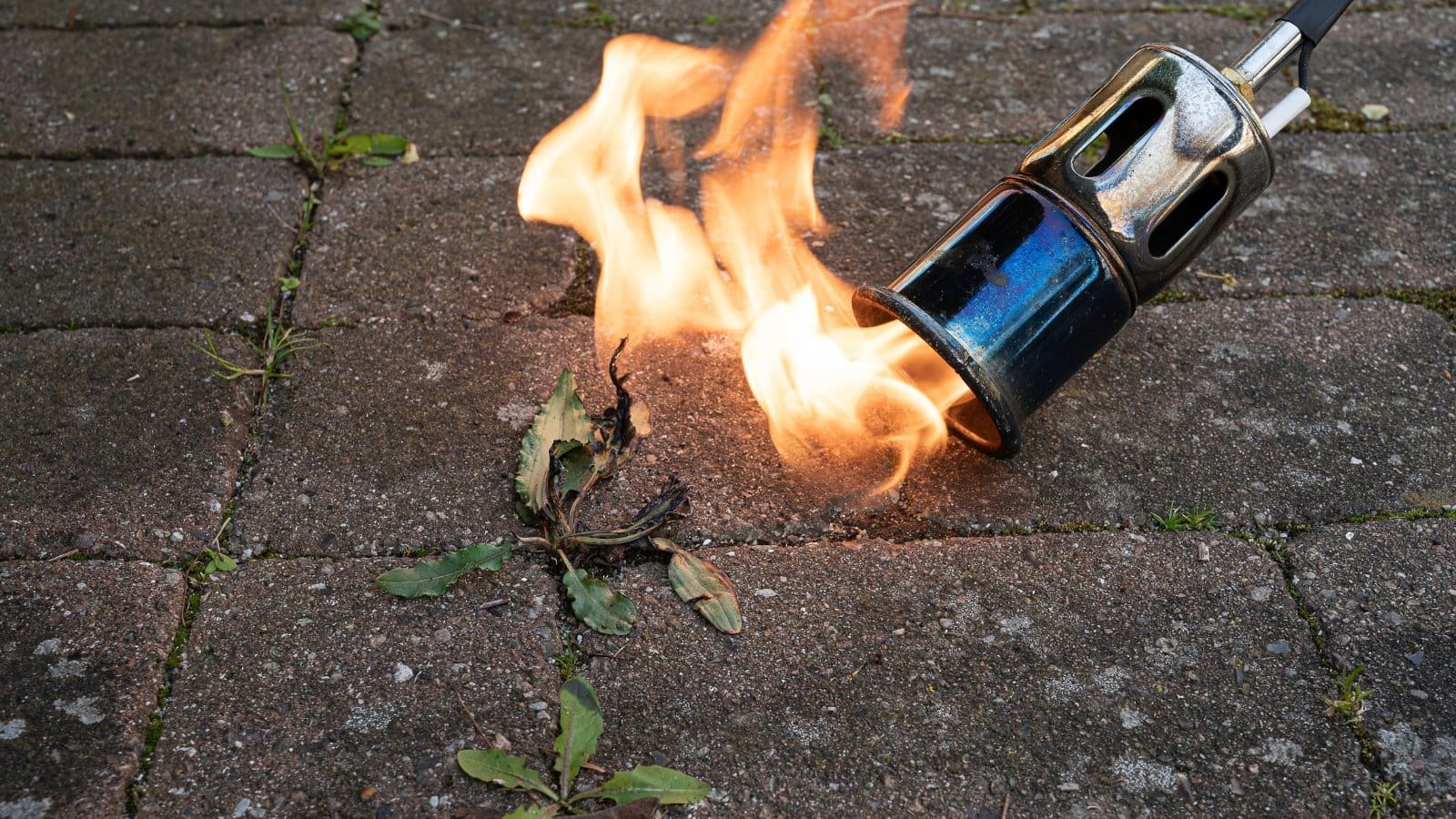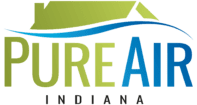Can You Kill Mold With Heating?
Yes, heat can effectively kill mold if the temperature reaches between 140 and 160°F (60–71°C). High temperatures dry out the mold and stop its growth and reproduction. It also inactivates its spores by damaging the roots of mold. However, relying solely on heat has its limitations. It's hard to keep such high temperatures in a living space. If the moisture source isn't fixed, the mold may return. For better results, heat should be combined with other methods. These include cleaning with detergent, improving ventilation, and fixing moisture issues. For large mold infestations, hire pros for mold remediation to ensure lasting results.
Mold is a common problem in homes and buildings, especially in areas with high humidity. It can cause health issues and damage to property if not dealt with properly. One method often discussed for getting rid of mold is using heat. You will also look into other professional methods like mold remediation and why hiring experts is often the best option.
You Should Understand The Nature Of Mold.
Mold is a type of fungus that grows in damp and warm environments. It spreads through tiny spores that float in the air. These spores can land on surfaces and grow if the conditions are right. Mold thrives in places like bathrooms, basements, kitchens, and anywhere with water leaks or high humidity.
Not only can mold damage walls, ceilings, and furniture, but it can also cause health issues. Some people may experience allergic reactions like sneezing, coughing, and itchy eyes. For those with asthma or respiratory issues, mold can make breathing more difficult. Understanding mold is the first step in learning how to get rid of it.
Heat Can Kill Mold, But On Which Temperature?
Yes, heat can kill mold, but there are important details to consider. Mold spores can die when exposed to high temperatures, typically above 140°F (60°C). This means that in theory, heating the affected area could stop mold growth. However, killing mold with heat can be challenging.
While high heat can kill the spores, it doesn’t remove the mold itself. Dead mold can still cause allergic reactions and other problems. Also, it might be hard to reach the needed temperature at home without professional tools. This is why it's essential to consider professional mold remediation services to ensure the job is done properly.
The Best Temperature To Kill Mold
The best temperature to kill mold is above 140°F (60°C), but that’s not easy to reach in a typical home. For heat to be effective, you would need special equipment like industrial heaters. Even then, there is no guarantee that the heat will penetrate all areas where mold spores are present.
It’s also important to note that different types of mold have different heat tolerances. Some may die quickly, while others might require more extreme temperatures. For serious mold problems, contact a pro in mold remediation, and they will fix the issue.
Does It Grow Again After Heating The Mold?
Mold needs moisture, warmth, and a food source to grow. While heat can kill mold spores, it can also create conditions that help mold grow if the area is still moist. For example, hot, humid weather can make a mold problem worse.
Heating an area without drying it properly can cause the mold to spread even more. This is why simply increasing the temperature in your home is not an effective long-term solution for mold removal. The real key is to control moisture levels. Contact mold removal company to ensure that both the heat and moisture are dealt with effectively.
Why Heat Alone Is Not Enough?
Using heat alone to kill mold is not enough for complete mold remediation. While the spores may die, the mold must still be physically removed. The mold that stays on walls, ceilings, or furniture can continue to affect the air quality. Additionally, heat might not reach all areas where mold is hiding, like inside walls or under flooring.
To truly get rid of mold, you need a combination of heat, moisture control, and proper cleaning methods. This is why professional mold remediation services are often needed. They have the right tools and experience to not only kill the mold but also remove it safely and prevent it from coming back.
How Do Professionals, like Pure Air Indiana Use Heat For Mold Removal?
Professional mold removal companies sometimes use heat as part of their remediation process. They use specialized equipment like heaters and dehumidifiers to kill mold spores and dry out affected areas. This method often combines with other techniques. These include chemical treatments and physical removal.
When you hire professional mold remediation, they will assess the situation and choose the best methods to get rid of mold. Heat treatment is just one tool in their arsenal. It’s often used with other treatments to ensure the mold is gone for good.

The Importance Of Moisture Control
One of the main reasons mold grows is because of moisture. Without moisture, mold cannot survive. This is why controlling humidity levels and fixing leaks is crucial for mold prevention. Even if you use heat to kill mold spores, the problem will come back if the moisture issue isn’t addressed.
Mold remediation services focus on not only removing mold but also preventing it from coming back. They will look for the source of moisture, such as leaks or high humidity, and fix these issues to ensure your home stays mold-free.
DIY Mold Removal Vs. Professional Help
Some people may try to remove mold on their own using heat, bleach, or other household cleaners. Small mold problems might be fixed with DIY methods. But, larger infestations require professional help. Mold can hide in hard-to-reach places, and without proper tools, it’s difficult to remove completely.
Hiring a mold removal company ensures that the job is done thoroughly and safely. Professionals have access to equipment and expertise that can eliminate mold and prevent it from returning. Trying to handle a serious mold problem on your own can lead to incomplete removal and continued health risks.
Why Mold Inspection And Testing Is Important?
Mold can sometimes grow in hidden areas, like behind walls or under carpets. Even if you can’t see it, you might notice a musty smell or experience health symptoms like coughing or sneezing. This is why mold testing is important. Testing helps identify the type and extent of mold present in your home. See how much mold remediation costs?
Professional mold testers use tools like air samples and moisture meters to detect mold, even in areas you can’t see. Once the mold is identified, the appropriate removal methods can be used to remove it completely.
How Long Does It Take To Kill Mold?
The time it takes to remove mold depends on the size of the infestation and the methods used. Small mold problems might be resolved in a few hours, while larger issues can take several days. If heat is used, it may take time to ensure the affected area reaches the necessary temperature.
When you hire professional mold remediation services, they will give you an estimate of how long the process will take. They will also ensure that your home is safe to return to once the mold is gone.
Health Risks Of Mold Exposure
Mold can cause many health problems. It is worse for people with allergies, asthma, or other breathing issues. Even dead mold spores can trigger symptoms like coughing, sneezing, and skin rashes. Long-term exposure to mold can lead to more serious issues, like lung infections. This is why it’s important to deal with mold promptly and properly. Professional mold remediation experts can help ensure that your home is mold-free and safe for you and your family to live in.
Related: What Health Risks Are Associated With Mold Exposure?
Preventing Mold Growth In The Future
Once mold has been removed, it’s important to take steps to prevent it from coming back. This includes controlling humidity, fixing pipe leaks, and ensuring ventilation in bathrooms and kitchens. Using a dehumidifier can also help keep moisture levels low.
Regular mold inspections and mold testing can help catch any issues before they become serious. By taking these preventive measures, you can keep your home mold-free and avoid future problems.


